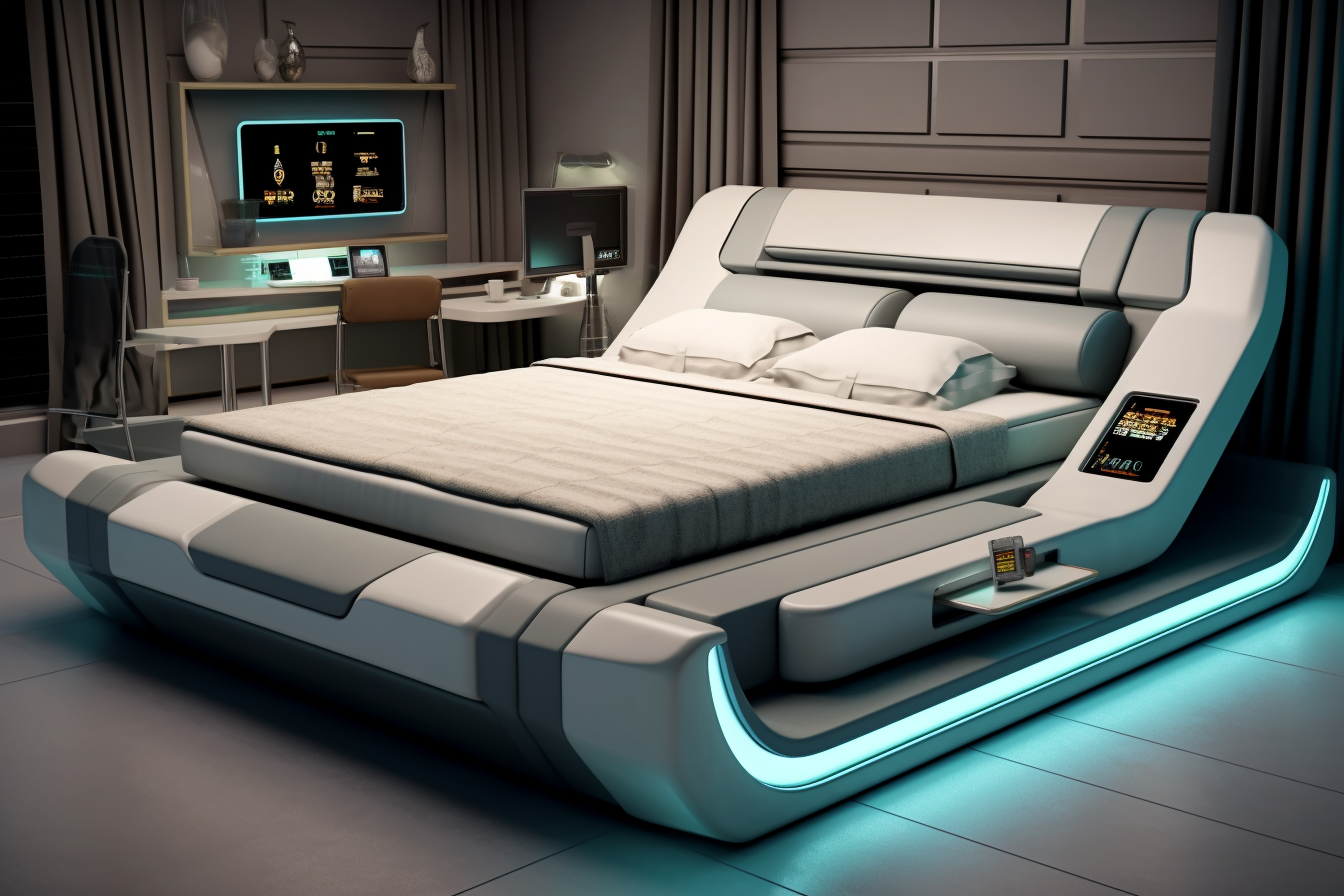Seat Cushions: Choosing Comfort and Ergonomic Support
A seat cushion can change how you feel after hours of sitting, whether at a desk, in a car, or on a hard dining chair. This article explains common cushion materials, how ergonomic designs support posture, tips for choosing a cushion for your chair, care and maintenance, and practical considerations for comfort. The goal is to help you select a cushion that fits your needs and sitting habits.

What is a seat cushion and who benefits?
A seat cushion is a removable pad placed on a chair or seat to add padding, redistribute pressure, or correct alignment. People who sit for long periods, have mild back or tailbone discomfort, or need extra padding on firm seats can benefit. Cushions vary in thickness, shape, and intended use—some focus on pressure relief for the coccyx, others on overall lumbar alignment. Selecting the right type depends on body shape, typical sitting duration, and the chair’s existing support.
How does memory foam change support?
Memory foam adapts to body contours by compressing where pressure is highest and slowly returning to its original shape. That responsiveness can improve comfort by reducing peak pressure points under the thighs, sit bones, and tailbone. Memory foam cushions often combine a high-density base layer for durability with a softer top layer for immediate comfort. While memory foam can reduce pressure and feel more comfortable for many, it may retain heat and offer less bounce than other foams, so look for ventilated designs or cooling covers if temperature regulation is a concern.
What makes a cushion ergonomic for posture?
Ergonomic seat cushions are designed to promote neutral spine alignment and distribute weight evenly. Features that support posture include contoured shapes that fit the pelvis, a slight forward slope to encourage an open hip angle, and a firm base layer to prevent excessive sinking. Some ergonomic cushions include cutouts to relieve pressure on the tailbone or built-in lumbar supports. Ergonomics is about matching the cushion to how you sit: a poorly matched cushion can shift posture negatively, so evaluate how the cushion affects your pelvis tilt and lower back while seated.
How to pick a seat cushion for your chair?
Start by assessing the chair: measure seat width and depth, check whether the cushion will interfere with armrests or recline, and note how firm or supportive the existing seat is. For movable chairs like office chairs, look for a cushion thin enough to preserve proper desk height alignment. For car seats, consider a non-slip base and a shape that doesn’t alter seatbelt position. Consider standards like density and firmness for memory foam, or whether a wedge, donut, or contoured design better addresses your needs. If possible, try a cushion for a short period to judge how it affects your posture and comfort during normal tasks.
How to maintain comfort and prolong lifespan?
Proper care extends a cushion’s useful life and preserves comfort. Removable covers that are machine washable help hygiene and scent control. For foam cushions, avoid prolonged exposure to direct sunlight and store them flat to prevent distortion. Rotate or flip cushions where design allows to even out wear. For cushions with gel, beads, or air chambers, follow manufacturer instructions for puncture prevention and pressure adjustments. Regularly inspect seams and covers; replace cushions if foam becomes permanently compressed or if support decreases noticeably.
This article is for informational purposes only and should not be considered medical advice. Please consult a qualified healthcare professional for personalized guidance and treatment.
Conclusion
Seat cushions serve different needs—from simple padding for hard chairs to ergonomic designs that influence posture. Understanding materials like memory foam, ergonomic design features, how a cushion interacts with your chair, and proper maintenance helps you choose a cushion that supports comfort and reduces sitting-related strain. Evaluate your sitting habits and try options that allow you to assess posture and pressure over time to find the most suitable cushion for regular use.






